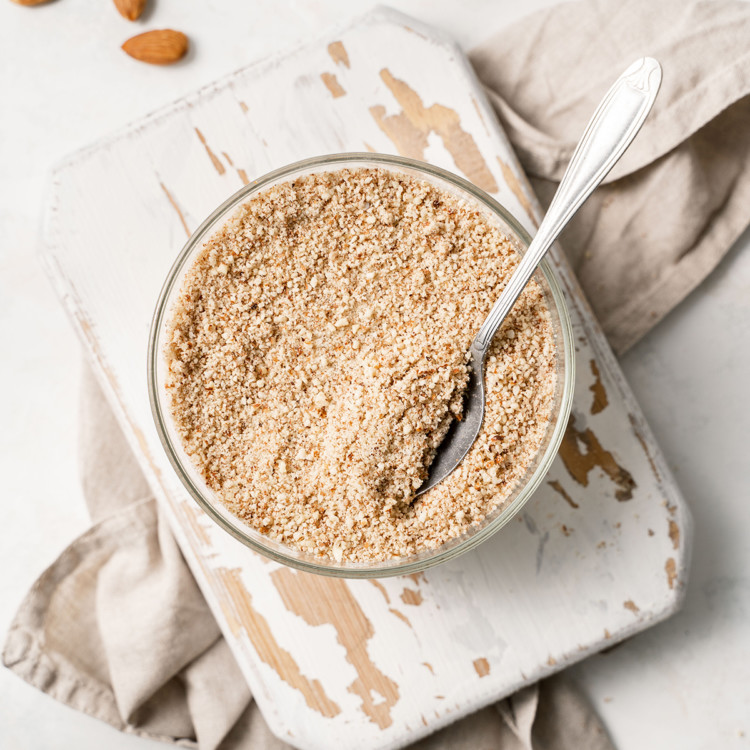
How to Make Almond Meal
Ran out of almond meal? No problem! In this post, I’ll explain How to Make Almond Meal as well as when it’s best to use almond meal vs almond flour.
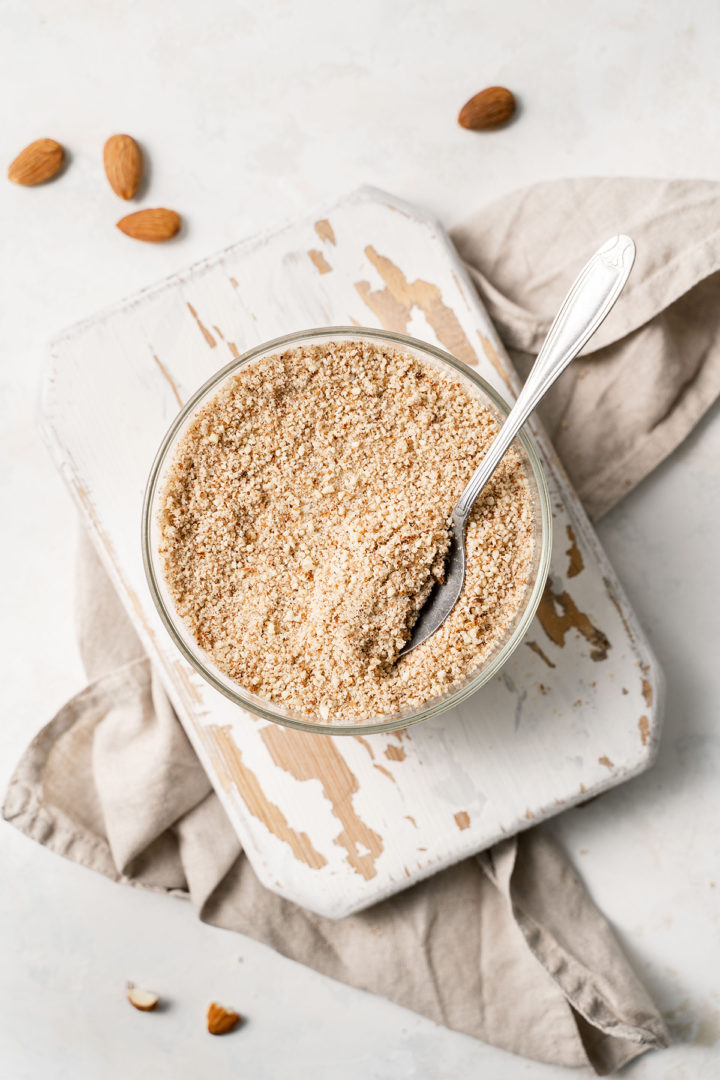
Making Homemade Almond Meal
Knowing how to make almond meal at home is a useful skill to have for those times when you need a small amount for a recipe and don’t want to purchase a whole bag of it, or if you need almond meal now but have just ran out.
Not to mention that making homemade almond meal is cheaper than buying it pre-made at the store, especially if you buy your almonds in bulk from someplace like Costco.
Best of all, almond meal is quick and easy to prepare! You need just one magical ingredient (I bet you can guess what it is!), a food processor, and 5 minutes of your time.
Although almond meal is easy to DIY at home, it’s crucial that you use a certain type of almonds to make it and that you don’t pulse the almonds for too long and accidentally make almond butter.
In this post, I’ll explain how to make almond meal at home, as well as how it differs from almond flour and when to use each.
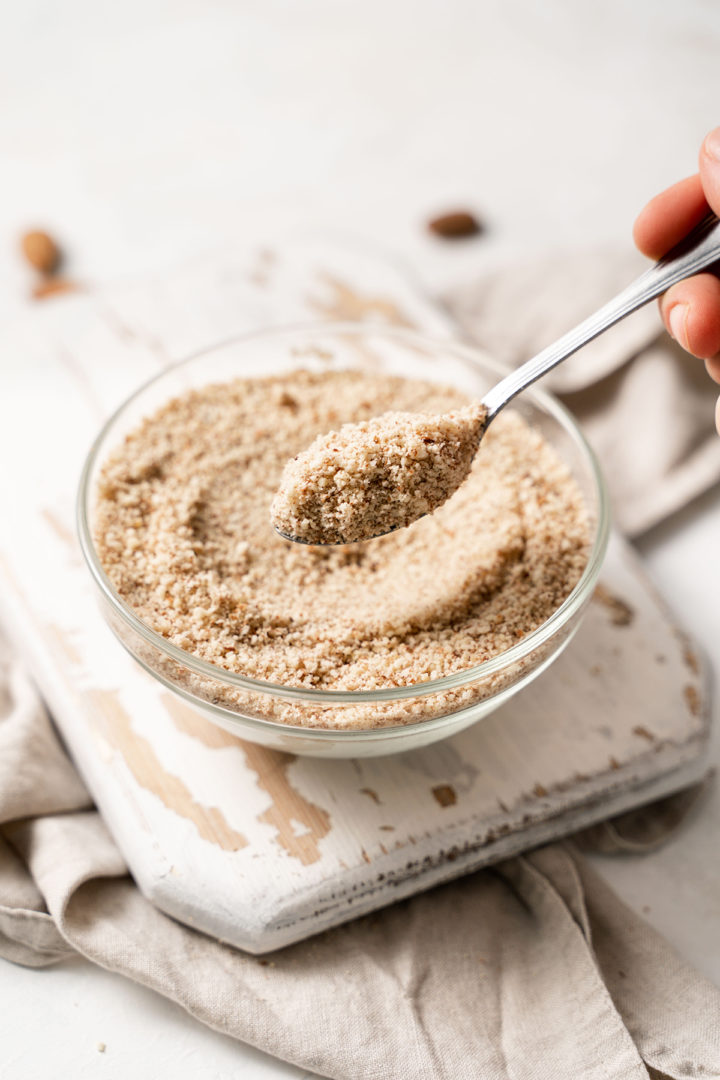
What Is Almond Meal?
Almond meal is simply ground almonds. The almonds are ground raw, with their skins on.
Compared to almond flour, almond meal is more coarsely ground although it still have a powdery texture. Because the almonds were ground with their skins on, almond meal has flecks of brown running through it.
Almond meal is often used as a gluten-free flour substitute for baked goods, but it can also be used for low-carb breadings and other savory applications
Almond Meal vs Almond Flour
Almond meal and almond flour aren’t always interchangeable so it’s important that you know how to tell them apart.
- Almond flour: Is made with blanched almonds (i.e. their skins have been removed). It’s much more finely ground than almond meal and is off-white in color. Almond flour creates fluffier, lighter baked goods.
- Almond meal: Is made with almonds that contain their skin. The skin leaves brown flecks in the otherwise off-white almond meal. It’s more coarsely ground than almond flour, resulting in chewier and denser baked goods.
When to Use Almond Meal and Almond Flour
Almond meal works well in any baked good where you don’t need the final product to bake up light and fluffy. Think: savory breadings, fruit crisp topping, cookies, pancakes, crackers, and muffins
Almond flour is going to be the gold standard for most baked goods, be it cakes, waffles, quick breads, and so on. It’s much lighter and fluffier in texture!
Tools Needed
Homemade almond meal is simple to prepare, but you do need a few special kitchen tools to prepare it.
- Food processor — A must! A blender won’t deliver the same results.
- Mesh sieve — Used to separate out any larger chunks of almonds from the meal.
- Rubber spatula or spoon — You just need something to scrape down the sides of the food processor.
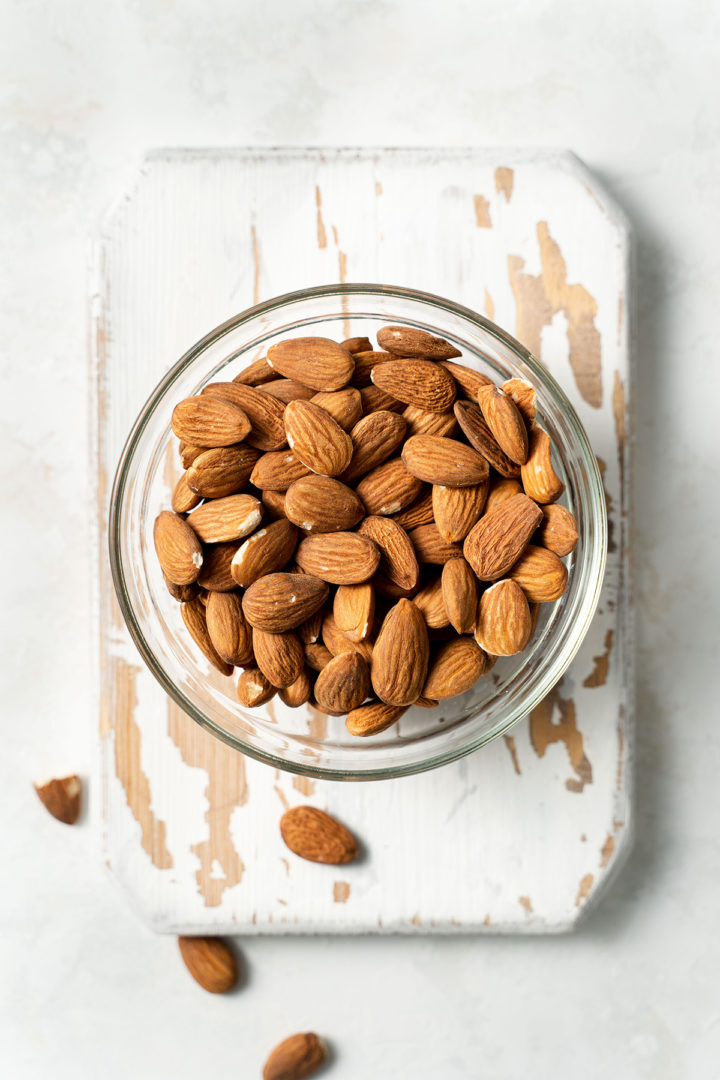
Almond Meal Ingredients
Almond meal calls for only one ingredient — raw almonds. Do NOT use roasted or salted almonds for this recipe.
Raw almonds are able to be ground into a flour-like texture, whereas roasted almonds contain extra oil and turn into almond butter more easily.
The reason why you can’t use salted almonds is because you’ll be baking with the almond meal and you want to control the amount of salt in any recipe you make.
For the complete ingredient list and detailed instructions to make this recipe for almond meal, scroll to the bottom of this post for the FREE printable recipe card.
Is Almond Meal Gluten-Free?
Yes! Check that your almonds are certified gluten-free, if that’s a concern of yours.
Can I Use Sliced Almonds?
Yes, you may make almond meal with sliced almonds so long as they’re raw and unsalted.
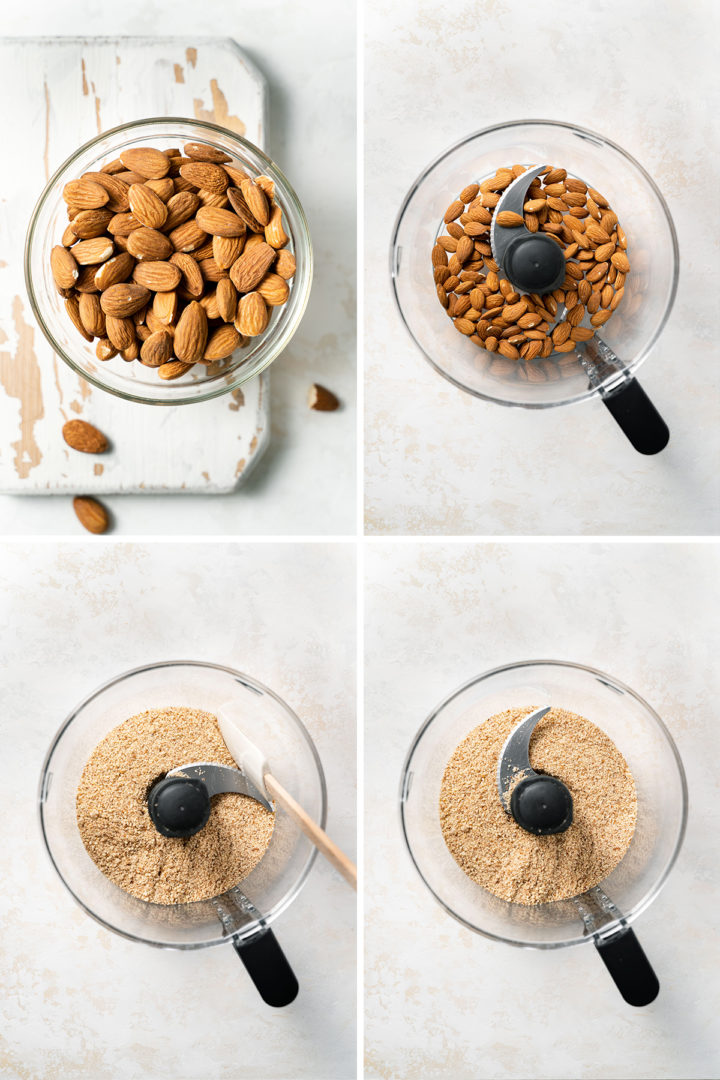
How to Make Almond Meal
Almond meal is a nearly foolproof recipe to make. The only thing to be wary of is over-processing the almonds. If you do that, you’ll wind up with delicious almond butter rather than almond meal.
- Add almonds to a food processor.
- Process using the pulse function until a fine or very fine meal that has the consistency of breadcrumbs.
- Scrape the sides of the food processor bowl if needed.
- Sift the meal using a fine mesh sieve to remove larger pieces. Return the larger pieces to the food processor and re-process.
- Use immediately or store for later.
The above is simply a quick summary of this almond meal recipe. Check out the full recipe in the free printable recipe card at the bottom of this post for all the detailed instructions.
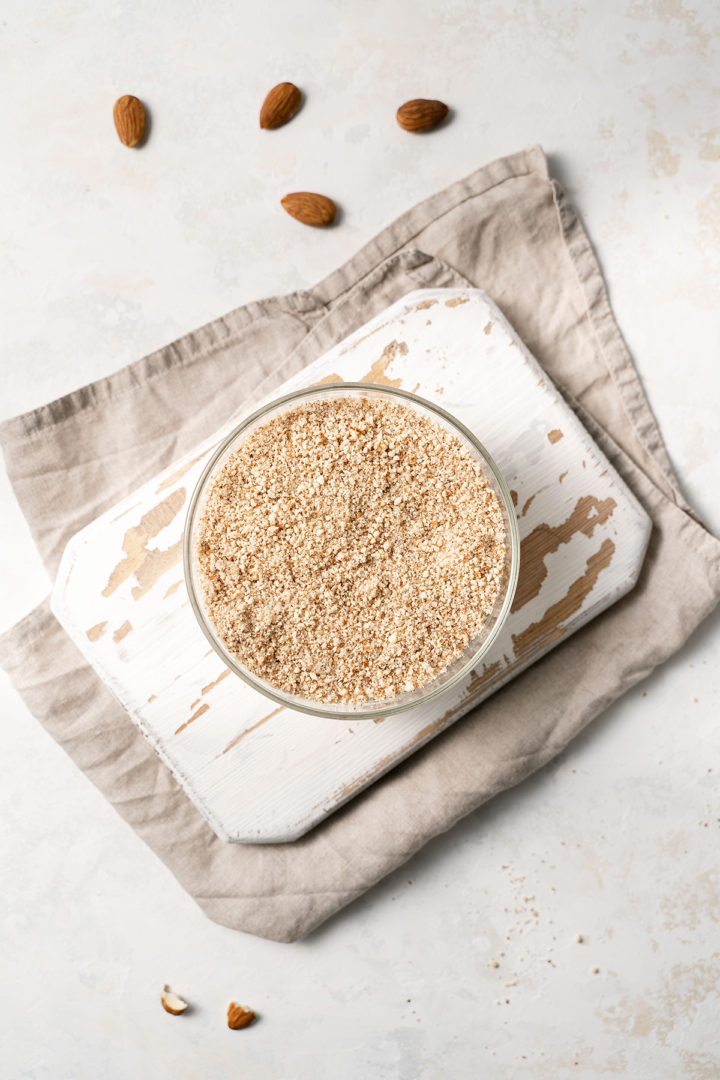
Tips for Making Almond Meal
- Use raw almonds. Roasted almonds are great for making almond butter, but skip them when making almond meal. Also check to make sure your almonds are unsalted.
- If you wind up with chunks in your almond meal. When that happens, sift the meal using a fine mesh strainer and then re-process larger chunks.
- Don’t over-process the almonds! Use the pulse function on your food processor and scrape down the sides periodically to reduce the risk of ending up with almond butter,
- Check the expiration date of your almonds. Like any nut or seed, almonds can go bad. Check the expiration date of your almonds and nibble on one if you can’t remember when you purchased them.
- Store in a cool, dry place. I’ll go into more detail below on how to store almond meal, but keep your almonds and almond meal out of the direct sunlight to prevent them from going rancid.
How to Store Almond Meal
Store almond meal in a cool, dark place. Almonds contain natural oils that can easily spoil if exposed to too much light or heat.
If possible, store it in an airtight container in the fridge or freezer.
Should Almond Meal Be Refrigerated?
If possible, store the homemade almond meal in the fridge to extend its shelf life. When baking with it, measure out the meal and bring to room temperature before adding to doughs or batters.
Can Almond Meal Be Frozen?
Yes, seal the almond meal in a freezer bag or freezer-safe container, remove as much air as possible, and freeze. It won’t harden due to its powdery texture, it will simply stay fresher for long.
When using frozen almond meal, measure it out and then bring to room temperature before adding to doughs and batters.
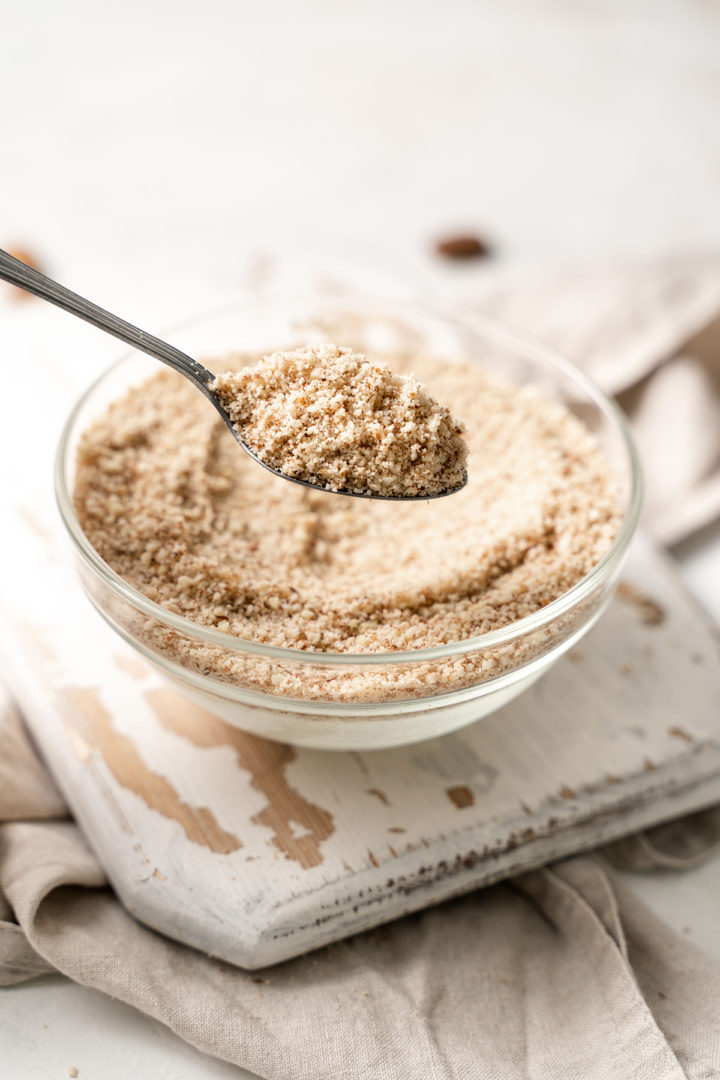
How Long Does Almond Meal Last?
Almond meal will last 3 to 6 months in the fridge, and 6 to 12 months in the freezer.
If stored at room temperature, its shelf life will vary depending on how “fresh” your almonds were when you made the recipe.
Recipes Using Almond Meal
There are so many wonderful uses for almond meal! Try making one of these recipes with the almond meal:
- Baked Almond Joy Donuts
- Gluten-Free Coffee Cake
- Cinnamon Pear Crostata with Almond Crust
- Apricot Thyme Galette
- Fresh Strawberry Galette
- Triple Berry Lemon Galette
Try This Recipe for Almond Meal!
Next time you’re making a recipe with almond meal, make your own instead of buying it!
Did you think it was easy to make? Leave a comment below and give it a review for others to see what you thought of this DIY almond meal.
On Instagram? Share your photo and tag me with @goodlifeeats and #goodlifeeatsrecipes. I’d love to see your photo of your almond meal creations!
More Kitchen Tutorials:
Just realized you’re out of baking powder and you need it for a recipe? Don’t worry, you can make homemade baking powder in seconds! This post explains How to Make Baking Powder, plus it answers the most commonly asked questions about storing and using it.
Thanks to its high smoke point and mild flavor, clarified butter is perfect for roasting, sauteing, and shallow frying! This post will explain how to clarify butter at home, as well as its many uses.
Learn all about substitutes for buttermilk as well as how to make buttermilk. It’s easier than you’d think to make your own buttermilk!
Learning how to temper chocolate properly is essential when you want to make homemade candies, such as truffles or chocolate bark. Follow this how-to for all you need to know about tempering chocolate.
Learning how to separate eggs is important if you want to bake angel food cakes, macarons, macaroons, meringues, and more. It’s an important kitchen skill you’re about to master.
Get More Delicious Recipes via Email
Did you love this recipe homemade almond meal? Sign up for Good Life Eats email updates and never miss another update!
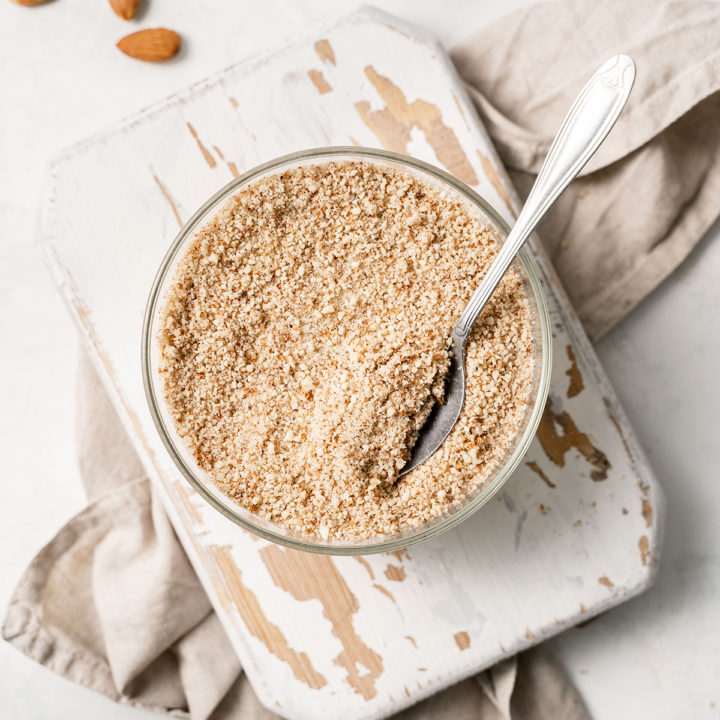
How to Make Almond Meal
Ran out of almond meal? No problem! In this post, I’ll explain How to Make Almond Meal as well as when it’s best to use almond meal vs almond flour.
Ingredients
- 1 cup raw almonds (skin on)
Instructions
- Add almonds to a food processor or high-speed blender
- Process/blend using the pulse function until fine or very fine meal with the consistency of breadcrumbs.
- Scrape the sides if needed and make sure not to over-process/blend because it will start to turn into almond butter.
- Sift using a fine mesh strainer to remove larger pieces. Return the larger pieces to the food processor and re-process.
- Use immediately or transfer to a jar or air-tight container.
Notes
Store up to two months unrefrigerated in a dry and dark space, up to 6 months refrigerated, or up to a year in the freezer. It would be best to keep in the refrigerator as it turns rancid more quickly at room temperature.
Nutrition Information:
Yield: 10 Serving Size: 1Amount Per Serving: Calories: 63Total Fat: 5gSaturated Fat: 0gTrans Fat: 0gUnsaturated Fat: 5gCholesterol: 0mgSodium: 0mgCarbohydrates: 2gFiber: 1gSugar: 0gProtein: 2g
GoodLifeEats.com offers recipe nutritional information as a courtesy. This provided information is an estimate only. This information comes from online calculators. Although GoodLifeEats.com makes every effort to provide accurate information, these figures are only estimates.
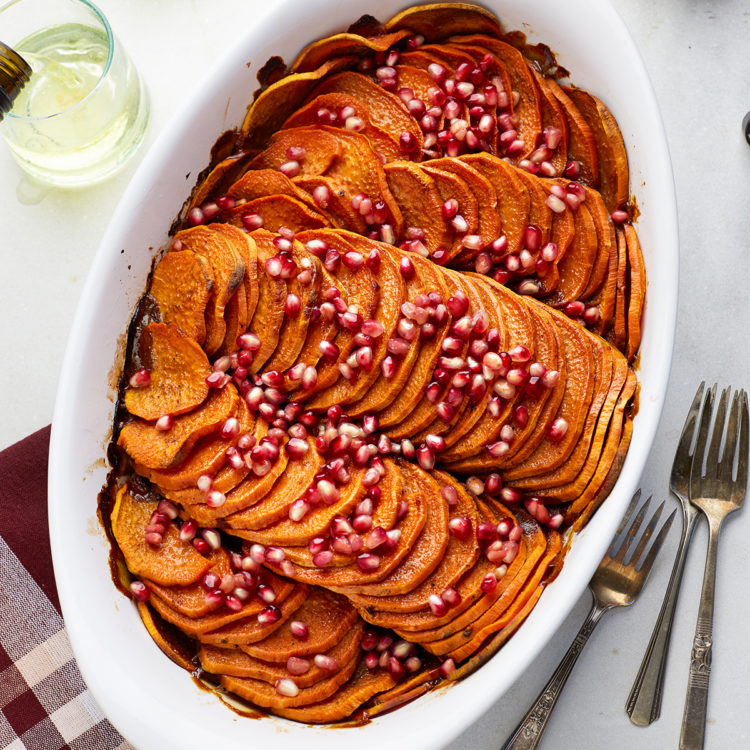
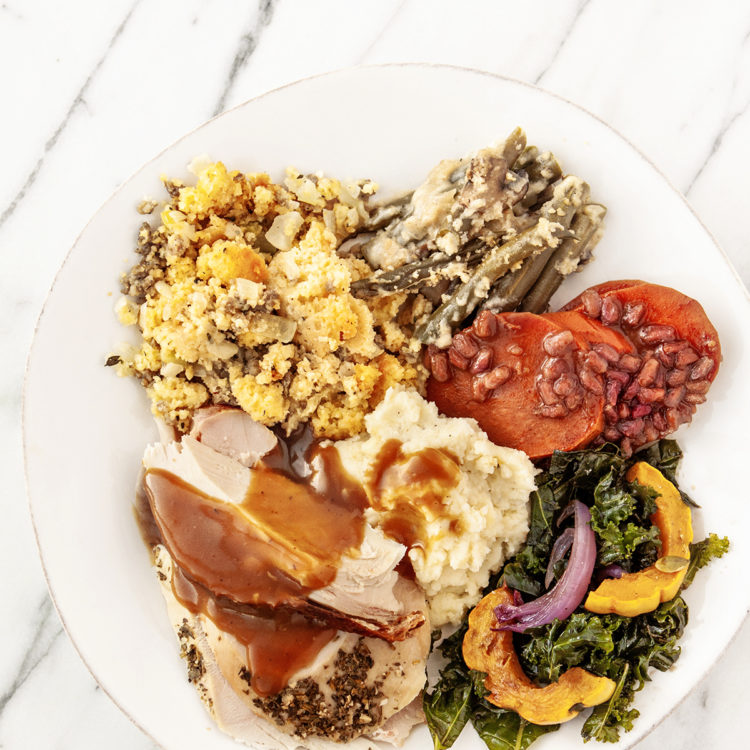
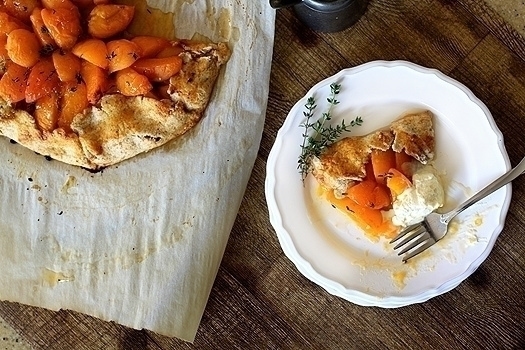


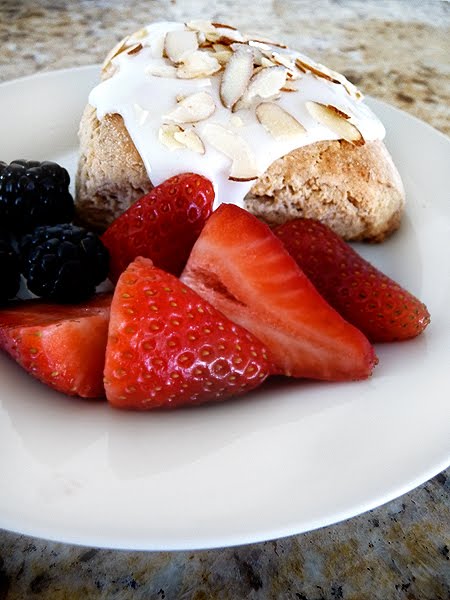
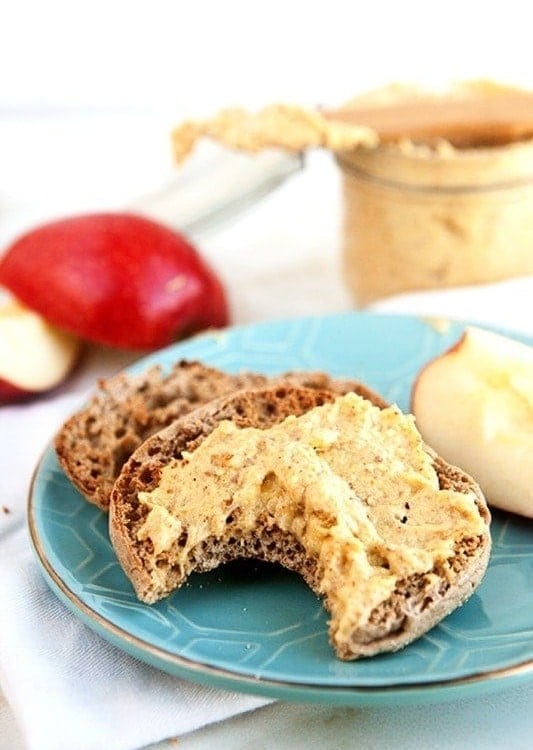


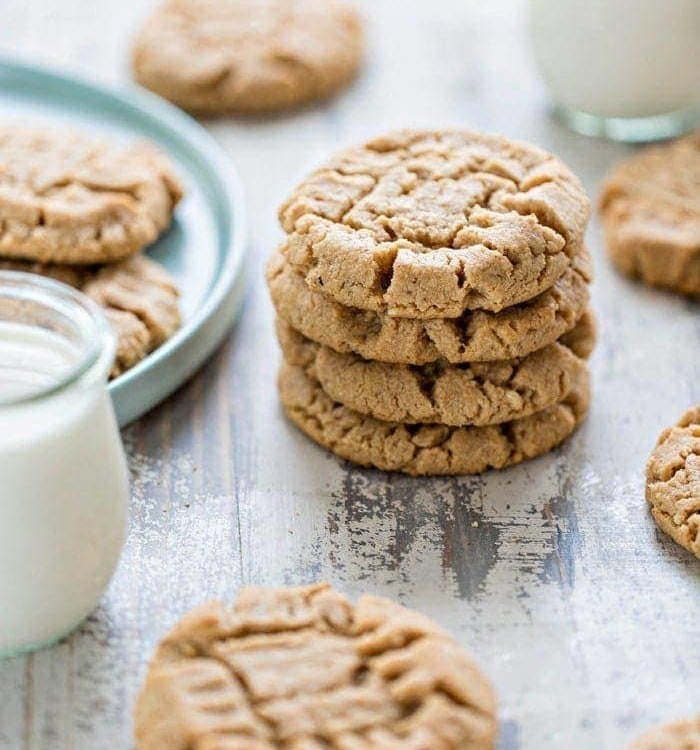

Leave a Comment